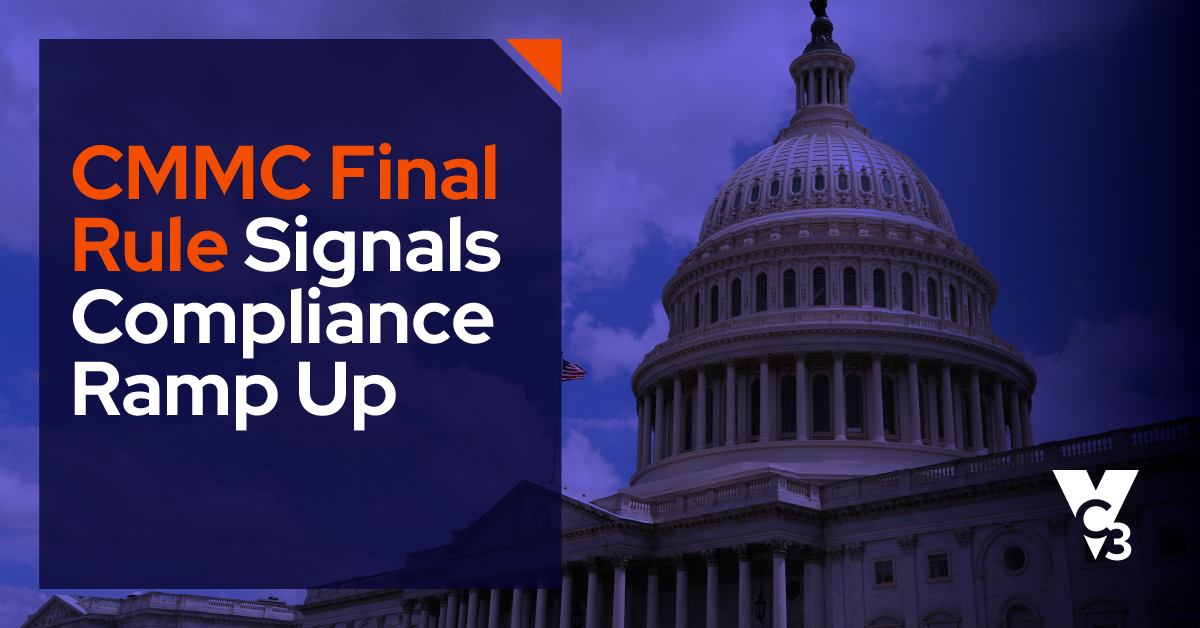Regardless of your organization’s size or the industry you are operating in, you need to comply with some regulatory standards. But are you sure what this means for your developmental disabilities organization?
These days, virtually all organizations need to meet specific regulatory standards. Practically every industry nowadays has its own set of rules and regulations. Unfortunately, searching the web for useful compliance information might not be helpful. It’s easy to become overwhelmed by the sheer volume of information available online, especially considering all the different regulations organizations now have to comply with or face getting fined.
According to the Cambridge Dictionary, compliance means “willing to do what other people want.” But when it comes to the business IT world, this definition is of very little use. In this article, we share what compliance means for your developmental disabilities organization—enough talk. Let’s get started!
Watch our latest tech tip video to learn more about being compliant:
What Is Compliance?
When it comes to developmental disabilities organization’s information technology, compliance involves satisfying specific sets of laws or regulations. Before you can achieve compliance, some measures need to conform to the body of laws collectively known as governance.
What Are the Main IT Compliance Standards?
As the years have gone by, the number of regulatory standards have skyrocketed. Consequently, trying to keep pace with all of them could become a nightmare without a reliable IT partner.
As a trusted IT services provider, we have compiled this list of the most common standards:
- Sarbanes-Oxley Act of 2002 (SOX).
- Health Insurance Portability and Accountability Act (HIPAA).
- System and Organization Controls (SOC).
- The National Institute of Standards and Technology (NIST).
While there may be some degree of overlap, each of the above standards has its own set of requirements. A company needs to meet these requirements before being considered compliant.
To illustrate the point more clearly, we’ll consider a SOC 2 (system and organization controls) assessment, for example. There are five trust and service criteria (TSCs) apart from distinct standard criteria. The auditor tests then report on these criteria in the subsequent assessment report. Readers of the information can determine whether the service organization in question is SOC 2 compliant or not.
How Can You Comply With All the Regulatory Standards?
The first step is to find out all the standards that apply to your organization. You then need to research as much information on them as you can find. In some cases, you can look up information such as implementation specifications. Simply put, implementation specifications are the step by step descriptions of the procedures organizations need to follow to satisfy all the standard’s requirements; where such information is available, head to the standard’s governing website to learn all about it.
However, partnering up with a reputable managed IT services provider is the best way to ensure you don’t leave anything to chance. With the right IT support, you don’t need to worry even if it is your first time handling compliance regulations. Still, regardless of your experience level, working with a reliable technology partner ensures you stay compliant in the long run. An experienced MSP will help you identify any gaps in controls that could result in unsuccessful conclusions.
Who Should You Put in Charge of Compliance?
As a best practice, we suggest tasking a whole team or an individual with continually monitoring compliance. In case your organization is still growing, an existing staff member could oversee compliance during the review period.
When Should You Begin Preparing for Compliance?
Surprisingly, many of the organizations we come across take too long to begin compliance preparations. As a result, most find themselves in the last-minute rush to ensure everything is in order and avoid fines. To avoid unnecessary spending, emotional stress, and errors, you need to start preparing as early as possible.
What Are The Benefits of Being Complaint?
Reasons to comply with IT rules and regulations include:
- Compliance allows you to streamline your organizational processes and systems.
- You get ample time to focus on your core activities.
- You easily avoid hefty fines.
- By being compliant with the set standards, your stakeholders get quality services.
Looking To Leverage Reliable IT Services For Your DD Organization?
Our team is eager to help your developmental disabilities organization stay compliant with all the relevant standards. We deliver custom IT solutions to the Development Disabilities community.
Ready to speak to us? Contact us today!





